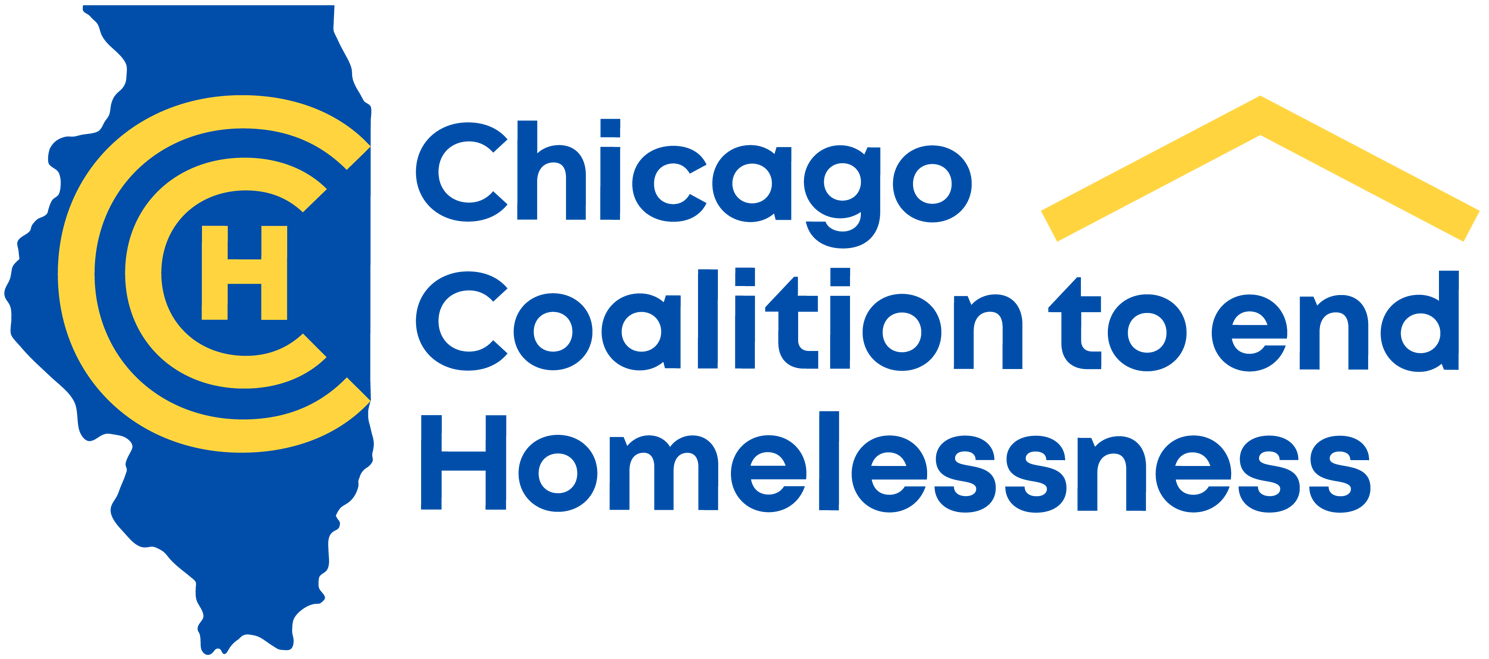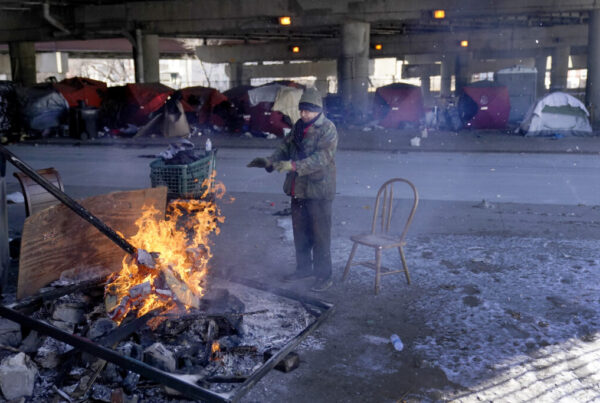February 11, 2020
Chicago Tribune: Democratic lawmakers renew push for significant homeless funding in Mayor Lori Lightfoot’s real estate transfer tax plan
By Jamie Munks and Antonia Ayers-Brown
A group of Democratic lawmakers is renewing a push for Mayor Lori Lightfoot to agree to dedicate a significant portion of revenue from her real estate transfer tax plan to initiatives to combat homelessness in Chicago.
Lightfoot’s graduated real estate transfer tax plan would have wealthier homeowners paying more on property sales. The first-year mayor campaigned on the issue and it was among her top requests of the legislature last year.
The chances of that plan advancing appeared tenuous going into the fall session, however, and it flamed out when a group of progressive Chicago-area lawmakers said they wouldn’t support it without a significant percentage of the new revenue going toward homelessness initiatives. Lightfoot said at the time the request for 60% of the plan’s revenue to go toward homelessness is “never going to happen, obviously,” because of the city’s budget constraints.
The latest proposal was put forth Tuesday by 33 Democratic lawmakers who called it a “compromise,” noting it would allocate revenue from the transfer tax to both patch the city’s budget hole and provide homeless services. Talks with Lightfoot’s administration have been ongoing since the fall session adjourned, according to lawmakers, who expressed optimism that some form of the tax plan would advance in the General Assembly this spring.
“This puts what we’ve been discussing in meetings into writing. It allows the opportunity to use it as a starting point,” said Sen. Ram Villivalam, a Chicago Democrat.
Lightfoot campaigned on increasing affordable housing options in Chicago by adjusting the city’s real estate transfer tax so wealthier homeowners pay more.
The rate structure laid out in legislation filed Tuesday adjusts the rates in Lightfoot’s proposal on properties sold within city limits for more than $3 million. Its backers say the proposal would generate an estimated $88 million to help plug the city’s deficit, while funneling an additional $79 million toward homelessness initiatives.
For property sales between $3 million and $10 million, the rate would be 2.8% for the portion of the sales price that exceeds $3 million. For property sales greater than $10 million, the transfer tax rate would be 4%, applying to the portion of the sale over $10 million. Lightfoot’s proposal would have applied a 2.55% rate to that highest bracket.
February 11, 2020
Chicago Sun-Times: Legislators tout real estate transfer tax proposal as ‘win-win’ compromise for Lightfoot and the homeless
Both Ramirez and Sen. Ram Villivalam, D-Chicago, the sponsor of the Senate bill, said they met with members of Lightfoot’s staff and called their proposal a “framework” from which to begin negotiations.
By Neal Earley
State lawmakers are taking another stab at revamping how Chicago taxes real estate sales, hoping for a compromise that gives City Hall the money it needs while still providing more money to help the homeless.
A pair of legislators on Monday filed two bills — one in the Senate and one in the House — that will allow Chicago to restructure its tax on property transfers.
During the fall veto session, Mayor Lori Lightfoot lobbied the General Assembly to let the city change the structure of the city’s real estate transfer tax to provide some cash relief to the city.
But Lightfoot was met with opposition from Chicago Democrats in Springfield, who wanted a large portion of the money to be spent on affordable housing and services for the homeless, not just for the city’s overall budget.
“No mayor wants to talk about dedicating dollars because they want that authority for themselves,” said state Rep. Delia C. Ramirez, D-Chicago, a sponsor of the bill in the House.
Both Ramirez and Sen. Ram Villivalam, D-Chicago, the sponsor of the Senate bill, said they met with members of Lightfoot’s staff and called their proposal a “framework” from which to begin negotiations.
Villivalam said the proposed legislation gives both sides what they want — Lightfoot gets extra money for the city’s budget, and state lawmakers get dedicated money to combat homelessness in Chicago.
“This is the ultimate win-win situation where we look to fund the city’s budget deficit and we address one of the larger, one of the major challenges our city faces,” Villivalam said.
Lightfoot’s office issued a statement pledging to work with legislators, the Bring Chicago Home advocacy group “and all other stakeholder on options” on the real estate transfer tax “and other progressive revenue solutions that will help address the city’s long-term financial needs.
“We are in discussions with the Bring Home Chicago coalition on ways to partner on a legislative proposal that generates progressive revenue and responds to the needs of all our most vulnerable communities, including homeless residents,” said mayoral spokeswoman Lauren Huffman.
While some state lawmakers previously said they wanted at least 60% of the new funds from the proposed structure of the real estate transfer tax to go to helping the homeless, the new bill would set aside only 25% for it.
Ramirez said the bill’s rate structure, which will increase the maximum tax for property transfers more than Lightfoot proposed, will bring in more revenue than what was proposed during the veto session.
In Chicago, real estate transfers are currently taxed at $5.25-per-$500.
If passed, the bill would also set new rates for the Real Estate Transfer Tax. The bill would cut the tax for property transfers $1 million and under.
Under the proposed rate structure, real estate transfers $500,000 and under will be taxed at $2.75-per-$500 of the transfer price. For properties transferred between $500,000 to $1 million will be taxed at $4.75-per-$500 of the transfer price.
Transfers between $1 million and $3 million will be taxed at $7.50-per-$500 of the transfer price. Real estate transfers between $3 million and $10 million will be taxed $14-per-$500 of the transfer price and for transfers over $10 million will be taxed at $20-per-$500 of the transfer price.
February 10, 2020
Education Week: Number of homeless students hits all-time high
Influx poses challenges for some schools
By Sarah D. Sparks
A record-high 1.5 million students were homeless during the 2017-18 school year, 11 percent more than the previous year and nearly double the number a decade ago, according to new federal data.
To put that in perspective, imagine a school district bigger than New York City and Miami-Dade put together, made up of children who are trailing other students—even those in poverty—by 10 percentage points or more in math, reading, and science. Eighteen percent of them have learning disabilities. Nearly that many are still learning English. Virtually all of them experience stress and trauma.
Sixteen states have seen student homelessness rise 10 percent or more in the last three years alone, according to the analysis released this month by the federally funded National Center for Homeless Education, part of the University of North Carolina at Greensboro.
Districts from Chicago to Grand Forks, N.D., from Paducah, Ky. to the Austin, Texas, suburbs are struggling to keep up with the swell of their most vulnerable students—mostly with limited money. While federal homeless education funding rose $12 million from 2015 to 2017, there was no increase in the number of districts receiving those subgrants. On average, per-pupil spending for homeless students increased only $3 during that time…
Academic Struggles
The Every Student Succeeds Act requires states to track homeless students’ academic achievement and high school graduation rates, and while many states have been slow to report the data, deep academic gulfs have come to light between homeless students and low-income students with stable housing.
As of 2017-18, homeless students lagged behind housed students in poverty at every grade and subject tested under ESSA. Overall, only 29 percent of homeless students performed proficiently in reading and language arts, 8.5 percent fewer than other low-income students. Roughly 1 in 4 homeless students was proficient in math and science overall, compared to a third or more of housed low-income students.
Those intense academic needs are compounded when schools begin to see multiple homeless students in the same schools—many of which also serve other low-income students…
…Capacity to support homeless children has become such a concern in Chicago that the teachers’ union negotiated it into its most recent contract. Each school that enrolls 75 or more homeless students will now get one new full-time homeless coordinator, and the handful of schools that enroll 140 or more homeless students will get two full-time staff members.
While federal law requires schools to identify and serve homeless students, in most schools, one teacher or staff member—a social worker, Title I director, or foster care advocate, for example—adds those duties to an already-full plate, according to Patricia Nix-Hodes, the director of the Law Project of the Chicago Coalition of the Homeless, which helped inform the new staff requirements.
“Clearly, as the numbers increase, someone who has this role on top of many other roles would not have the time or capacity to serve those families or even to identify all the students who might be in homeless situations,” Nix-Hodes said….






